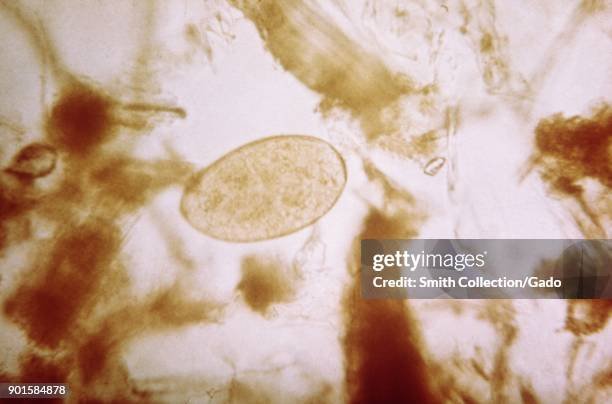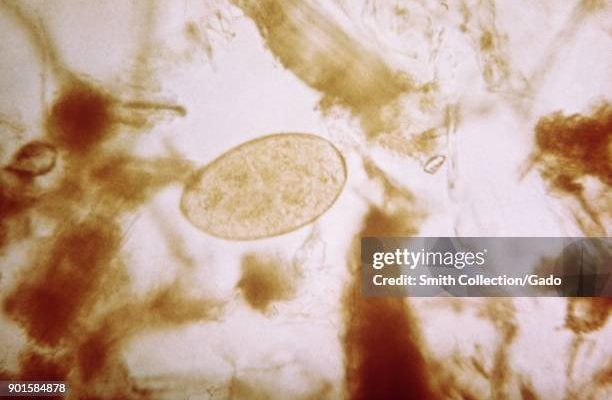
Imagine trying to learn about a hidden world that thrives silently and depends on other organisms for survival. That’s what studying trematodes feels like. They often have complex life cycles, hopping between different hosts. This complexity makes them intriguing but also challenging to study. In this article, we’ll explore what trematodes are, their life cycles, and how researchers and enthusiasts are finding ways to observe and learn about these remarkable creatures in controlled environments.
What Are Trematodes?
Trematodes are a class of flatworms that can be found in various ecosystems around the world. They’re characterized by their flat, leaf-like bodies and are often small—some only a few millimeters in size. But don’t let their size fool you; they have a big impact on their hosts and the environments where they live.
Life Cycle of Trematodes
One of the most fascinating aspects of trematodes is their life cycle, which typically involves multiple stages and hosts. For instance, a common trematode species may start its life in a water body as eggs. Once hatched, they usually enter a snail as a larval form. From there, they may leave the snail to infect fish, birds, or mammals, depending on the species.
This complex journey is like a maze, where each turn leads to a different host. The diversity of hosts means that studying trematodes offers a unique view into how ecosystems work. Understanding these relationships can help us see the larger picture of ecological balance.
Why Study Trematodes?
You might be wondering why researchers invest time and resources into studying these tiny, parasitic organisms. Well, trematodes can provide valuable insights into various fields of science, including ecology, medicine, and even environmental policy.
Ecological Indicators
Trematodes are considered indicators of ecological health. Because their presence often relies on a specific balance of host populations, a sudden change in their numbers can signal shifts in the ecosystem. For example, if a certain fish species that hosts a trematode begins to decline, it might indicate an underlying issue in the environment, like pollution or habitat destruction.
Medical Insights
Additionally, studying trematodes has potential medical implications. Some species are known to affect human health, causing diseases like schistosomiasis. By understanding their life cycles and how they interact with hosts, researchers can explore new ways to combat these diseases.
Can Trematodes Be Farmed?
Farming trematodes presents a unique set of challenges. Unlike more traditional farm animals, these flatworms require specific conditions and hosts to thrive. But that doesn’t mean it’s impossible! Researchers are experimenting with different methods to cultivate them in captivity.
Establishing Controlled Environments
To farm trematodes successfully, you’ll need to create controlled environments that mimic their natural habitats. This involves supplying appropriate hosts, such as snails or fish. It’s like setting up a mini-ecosystem where these organisms can flourish.
When researchers manage to establish these conditions, it becomes possible to observe their life cycles and behaviors up close. This hands-on understanding can lead to significant breakthroughs in both science and medicine.
Challenges of Studying Trematodes in Captivity
While the prospect of studying trematodes in captivity is exciting, it’s not without its hurdles. Here are a few challenges researchers face:
Maintaining Host Populations
One of the biggest challenges involves maintaining a stable population of both trematodes and their hosts. If the snail or fish population declines, the trematodes will struggle to survive. It’s a delicate balance that requires careful management.
Ethical Considerations
There are also ethical considerations regarding the treatment of host organisms. Researchers must ensure that their methods are humane and that they don’t harm the populations they’re studying.
The Future of Trematode Research
Despite the challenges, the future of trematode research looks promising. Advances in technology, such as genetic sequencing and environmental DNA analysis, are making it easier for scientists to study these creatures in more depth.
Innovative Research Techniques
For instance, using environmental DNA (eDNA) can help researchers detect and monitor trematode populations without needing to physically capture them. This non-invasive approach minimizes harm to both the trematodes and their hosts while providing valuable data.
Trematodes may be small, but they play a huge role in our understanding of ecological dynamics and health sciences. While farming and studying them in captivity comes with its challenges, the potential benefits are massive. By diving into the world of these parasites, researchers can uncover the intricate web of life that exists beneath the surface.
So, if you ever find yourself at a coffee shop discussing the wonders of the natural world, don’t overlook the trematodes. They might just be the key to unlocking some of nature’s greatest mysteries!

